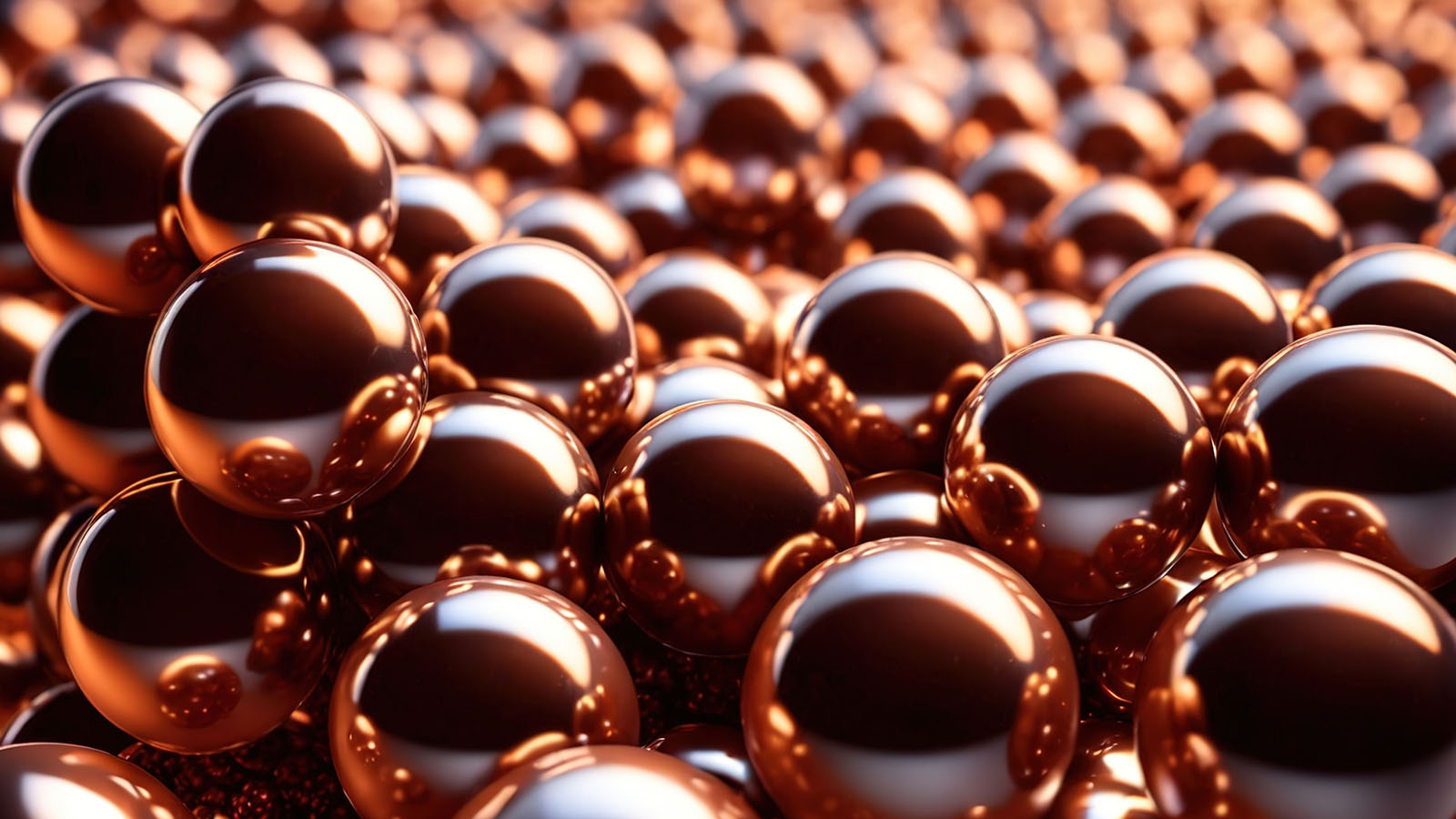

The usability and costly storage issues of renewable electricity from solar or wind energy become major challenges on a global scale due to the daily and seasonal variability of sunlight or wind and the geographic inequality of energy needs. A promising solution to address the above challenges lies in electrified modular chemical processes, which provide a sustainable approach to store intermittent energy chemically.
Theoretically determining and quantifying the roles of electrified interfacial structure and field-dipole interactions on controlling the activity and selectivity of chemical processes and then integrating these roles to establish deep collaborations between physics-informed, interpretable machine learning and electrified interfacial chemical processes is crucial for rationally designing catalysts for these electrified modular systems for energy storage and sustainable chemical production.
Research in the Che Group has focused on several systems that take advantage of process intensification by converting abundant resources, e.g., carbon dioxide, natural gas, and nitrogen, into valuable chemicals. The systems include: (1) organic-inorganic interface and its impact on carbon reactive capture and selective conversion; (2) field-dipole interaction effects on ammonia decomposition and synthesis for hydrogen utilization, storage, and production.
Copper makes a great catalyst for turning carbon dioxide into useful chemicals, but it has some limitations. To improve its catalyzing qualities, researchers have added tiny amounts of platinum or similar metals to copper. This combination helps the copper convert CO2 into chemicals instead of making hydrogen, which is an unwanted side reaction. The researchers found that introducing small clusters of platinum or palladium onto copper surfaces can effectively produce chemicals like methane and ethylene. This new approach gives more options for using copper in CO2 reduction.